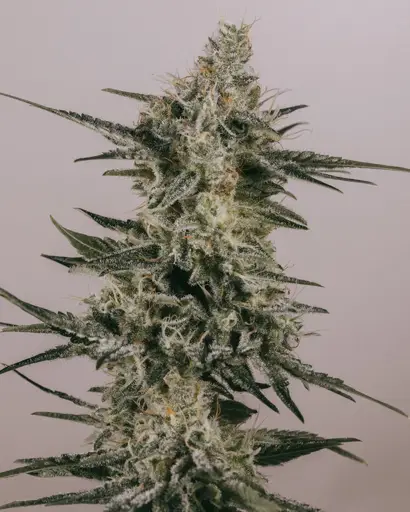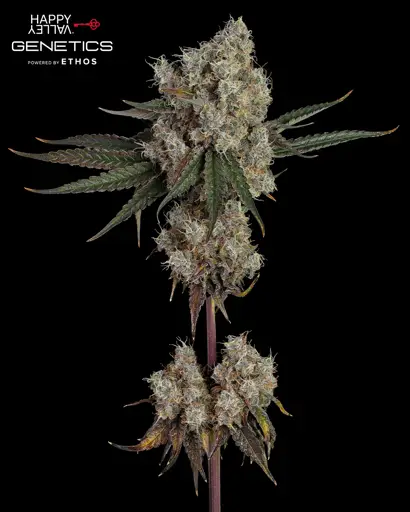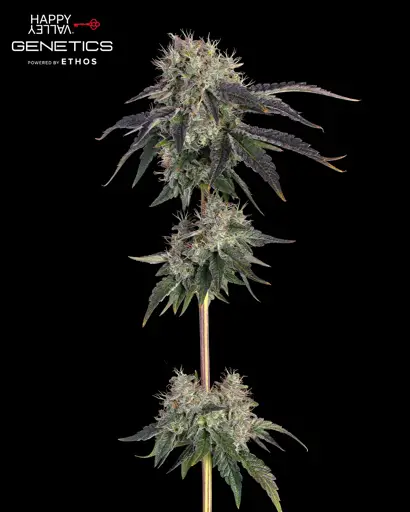- Home
- Fruity Weed Strains
Fruity Weed Strains
Fruity weed strains are the life of the garden: vibrant, aromatic, and irresistibly flavorful. These genetics deliver bold, fruit-forward terpene profiles that taste like fresh berries, tropical cocktails, or candy-shop sweetness. They’re perfect for growers and consumers who want cannabis that excites both the senses and the soul.
What Are Fruity Weed Strains?
Fruity cannabis strains are bred to showcase natural terpenes like limonene (citrus), myrcene (mango), and linalool (berry). They focus on flavor first, creating buds that smell and taste as good as they look. Whether it’s the candy sweetness of Zkittlez or the tropical tang of Mango Kush, these strains turn every grow into a sensory experience.
For growers drawn to rare and exotic profiles beyond fruit, our exotic cannabis seeds offer equally unique aromas.
What Makes Fruity Strains Unique?
Fruity strains combine mouthwatering flavor with uplifting effects, making them favorites among flavor chasers and creative growers. Their terpene-rich buds aren’t only for show, they bring balanced potency and smooth smoke, appealing to both new and seasoned enthusiasts.
Growers especially love:
- Blue Dream: Fruity berry aroma with a calm, creative buzz.
- Zkittlez: Candy-sweet rainbow of fruit flavors with a mellow, happy high.
- Mango Kush: Rich tropical flavor and relaxing warmth.
- Runtz: Sweet fruit-and-cream hybrid with balanced potency.
- Durban Poison: Fresh citrus and spice, offering clean, energetic clarity.
These strains showcase modern breeding at its best, combining high terpene content, visual appeal, and exceptional yield potential. For fruity plants that finish early, explore our fast-flowering cannabis seeds.
What Do Fruity Strains Taste and Smell Like?
Fruity weed tastes exactly how it sounds: sweet, tangy, and deeply satisfying. Each strain brings its own twist on nature’s candy.
- Blue Dream: Juicy blueberry and herbal spice.
- Zkittlez: Sweet tropical candy with a citrus edge.
- Mango Kush: Fresh mango, banana, and soft sweetness.
- Runtz: Fruity cream aroma with dessert-like flavor.
- Durban Poison: Clean citrus zest with earthy spice.
Together, they form a rainbow of flavor that delights the palate while filling the room with mouthwatering aroma. Learn more about how terpenes shape these profiles in our cannabis terpenes guide.
What Effects Can You Expect From Fruity Weed?
These strains are just as enjoyable in effect as they are in taste. Expect happy, creative, and social highs. Perfect for daytime enjoyment or mellow evenings.
- Blue Dream: Balanced euphoria and clarity.
- Zkittlez: Gentle relaxation with a calm, happy headspace.
- Mango Kush: Stress relief and soothing body calm.
- Runtz: Uplifting mood paired with relaxed ease.
- Durban Poison: Focused, energizing, and uplifting.
Each fruity cultivar offers a different rhythm, from tropical serenity to bright, talkative joy. For deeper nighttime relaxation, browse our indica cannabis seeds.
What Are the Most Popular Fruity Strains?
- Blue Dream: Beloved for its blueberry flavor and creative energy.
- Zkittlez: Famous for sweet candy aroma and smooth effects.
- Mango Kush: A tropical classic with sunny, relaxing vibes.
- Runtz: Fruity, creamy, and potent, the new-gen hybrid everyone wants.
- Durban Poison: A zesty, uplifting sativa built for flavor and focus.
These strains dominate ILGM’s fruity lineup because they combine unforgettable flavor with easy, rewarding growth.
Why Buy Fruity Weed Strains From ILGM?
At ILGM, we curate fruity strains that perform as good as they taste. Every seed is hand-selected for stability, potency, and terpene richness. Plus, you get:
- Guaranteed germination or free replacements.
- Discreet U.S. shipping and fast delivery.
- Expert grower support from ILGM’s trusted community.
With ILGM, your fruity grow is always flavorful, reliable, and backed by growers who care.
FAQs About Fruity Weed Strains
What terpenes make fruity weed strains taste like fruit?
Limonene gives citrus, myrcene adds mango sweetness, and terpinolene brings a candy-like edge.
Are fruity strains good for edibles?
Yes! Their strong terpene profiles carry into infusions, giving edibles a naturally sweet flavor.
Do fruity strains yield less than others?
Not at all. Many, like Blue Dream and Runtz, are known for excellent yields and flavor intensity.
Compliance Note:
Cannabis seeds are sold as souvenirs and adult novelty items. Germination of cannabis seeds remains illegal in many places. See DEA 2022 seed guidance.
Last Updated: October 2025




























